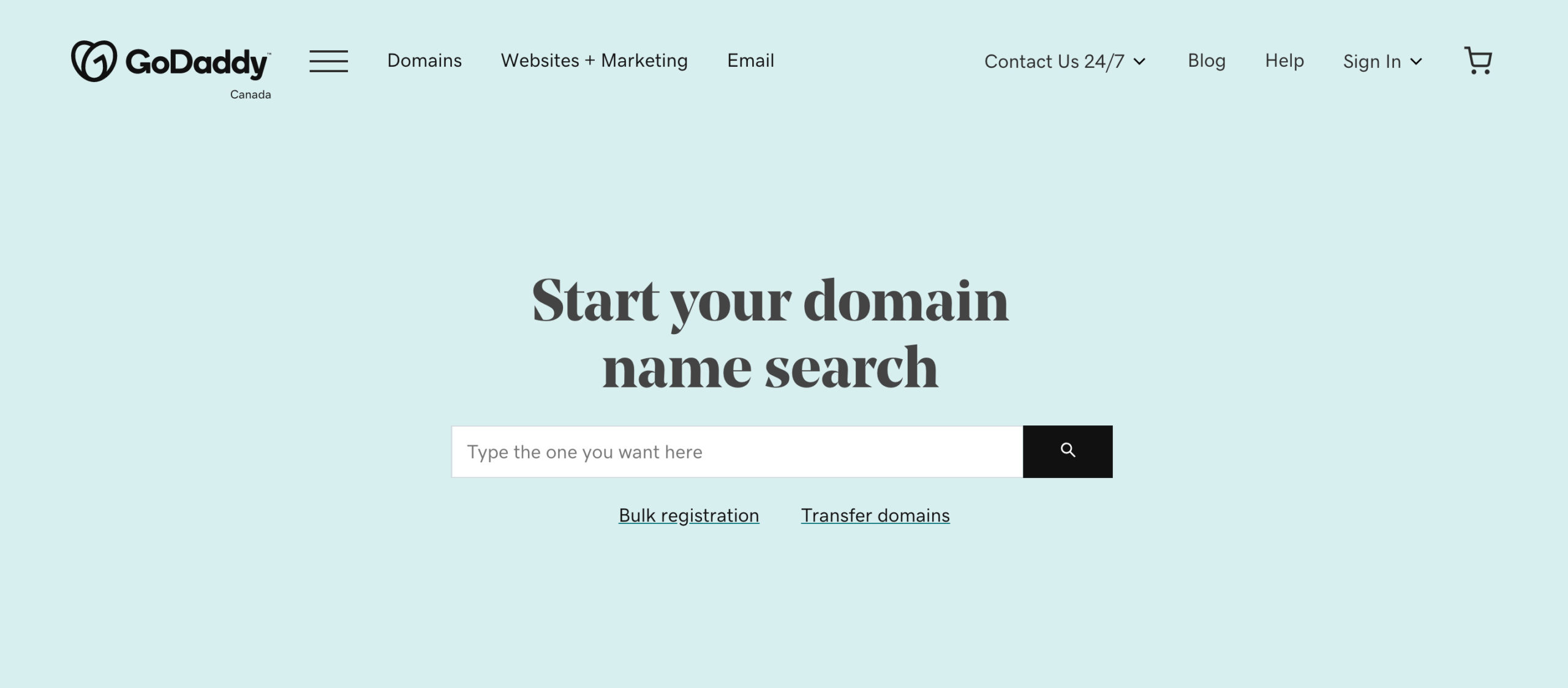11 Rules for Choosing the Perfect Domain Name for Your Needs

In 95 percent of the web design projects our team undertakes, the domain name has already been chosen. However, in some cases, it’s up to us to advise our clients as to what domain name they should use. Below, I share 11 tips indispensable when helping people choose a good domain name.
1. Think about your top five keywords
When you begin searching for a domain name, it’s helpful if you have in mind a set of terms and expressions that aptly describe your line of business. Once you have this list, you can start combining the words or adding prefixes and suffixes to come up with some good ideas for domain names. For example, if you’re launching a domain related to mortgages, you could start with words like mortgage, finance, equity, interest, home, etc. and then play with them until you find something that fills the bill.
2. Make the domain name unique
Having a name very similar to that of a popular website belonging to someone else is a recipe for disaster. That’s why I never choose domain names that are simply a plural, hyphenated or misspelled version of an already established www address. Even after years of brand imaging, Flickr desperately needed Flicker.com (which they eventually acquired). Whenever people would tell their friends and family to look for their photos on Flickr, the pronunciation sent a lot of traffic to the wrong place!
3. Choose only available .com domain names
If you don’t care about direct traffic, brand image or name recognition, you can disregard this recommendation. However, if you’re serious about building a website that will enjoy long-term success, you need to make sure you use a .com address. To this day, there are still many people who believe that the .com extension is the only one that exists. I make this recommendation despite all the new extensions that are available in the modern era of top-level domains. Unfortunately, the vast majority of consumers won’t perceive a domain like “ilove.pasta” as a memorable website or even one they can visit.

4. Make sure it’s easy to type
If it requires considerable attention to type your domain name correctly, whether because of the spelling, the length or the use of unmemorable words or sounds, you will lose a good part of your brand image and marketing value.
5. Make sure it’s easy to remember
Don’t forget that word of mouth and search engine marketing (ensuring that your domain always shows up at the top of the searches related to your industry) both depend on how easy it is to remember your domain name. You don’t want to be that company with the incredible website whose name no one can ever remember when the time comes to tell a friend about it. From an SEO point of view, there are a lot of advantages to following best branding practices. Ignoring them, on the other hand, will jeopardize your long-term results.
6. Keep the name as short as possible
Short names are easy to remember and easy to enter (see the two previous rules). They allow more characters in the URL in the search engine results and a better fit on social media, in magazines and in all forms of offline marketing (including the all-important word of mouth).
7. Create expectations and satisfy them
When people hear about your domain name for the first time, they should immediately be able to figure out what kind of content they’ll find on your website. That’s why I like domain names like Hotmail.com, CareerBuilder.com, AutoTrader.com and WebMD.com. Domains like Monster.com, Amazon.com, Zillow.com, and even Moz.com had to invest a lot more in branding because of their unintuitive names. Having said that, if people are already familiar with your brand, a name that bears no relation to your industry may be perfectly fine.
8. Avoid copyright infringement
While this error isn’t very common, when it does occur, it can completely destroy even the biggest domains and companies.
9. Set yourself apart with your brand image
The use of a unique name is an excellent way to create added value with your domain name. A brand is much more than just a combination of words, which explains why names like mortgageforyourhome.com and loanratesonline.com aren’t as convincing as brand names like bankrate.com and lendingtree.com. Zappos is much more attention-getting (and has a better reputation) than Shoestore.com. Moz, itself, is a good example. Historically, “moz” has an association on the internet; it’s associated with being free, open and focused on community.
10. Steer clear of dashes and numberss
Hyphens and numbers make it difficult to relate your domain name orally and lessen the chances of it being easy to remember or type. Their use is also linked to lower search engine rankings, lower brand image performance and lower direct traffic volumes.
11. Avoid following the latest trends
Website names that rely on bizarre misspellings (like so many Web 2.0 websites), multiple hyphens (like SEO websites at the beginning of the decade of 2000) or short, generic adjectives (like “top,” “best” or “hot”) aren’t always the best choices. Look at how many people have started their company name with “AAA” over the past 50 years just to be listed first in the phone book. How many Fortune 2000 companies are named “AAA Corporation”? None!
